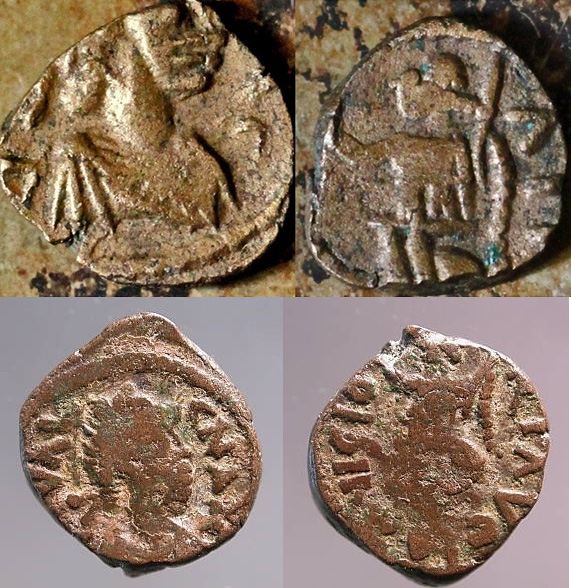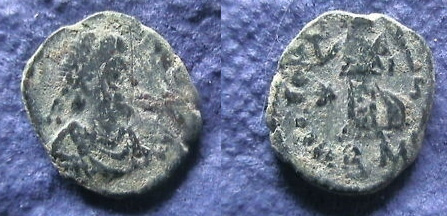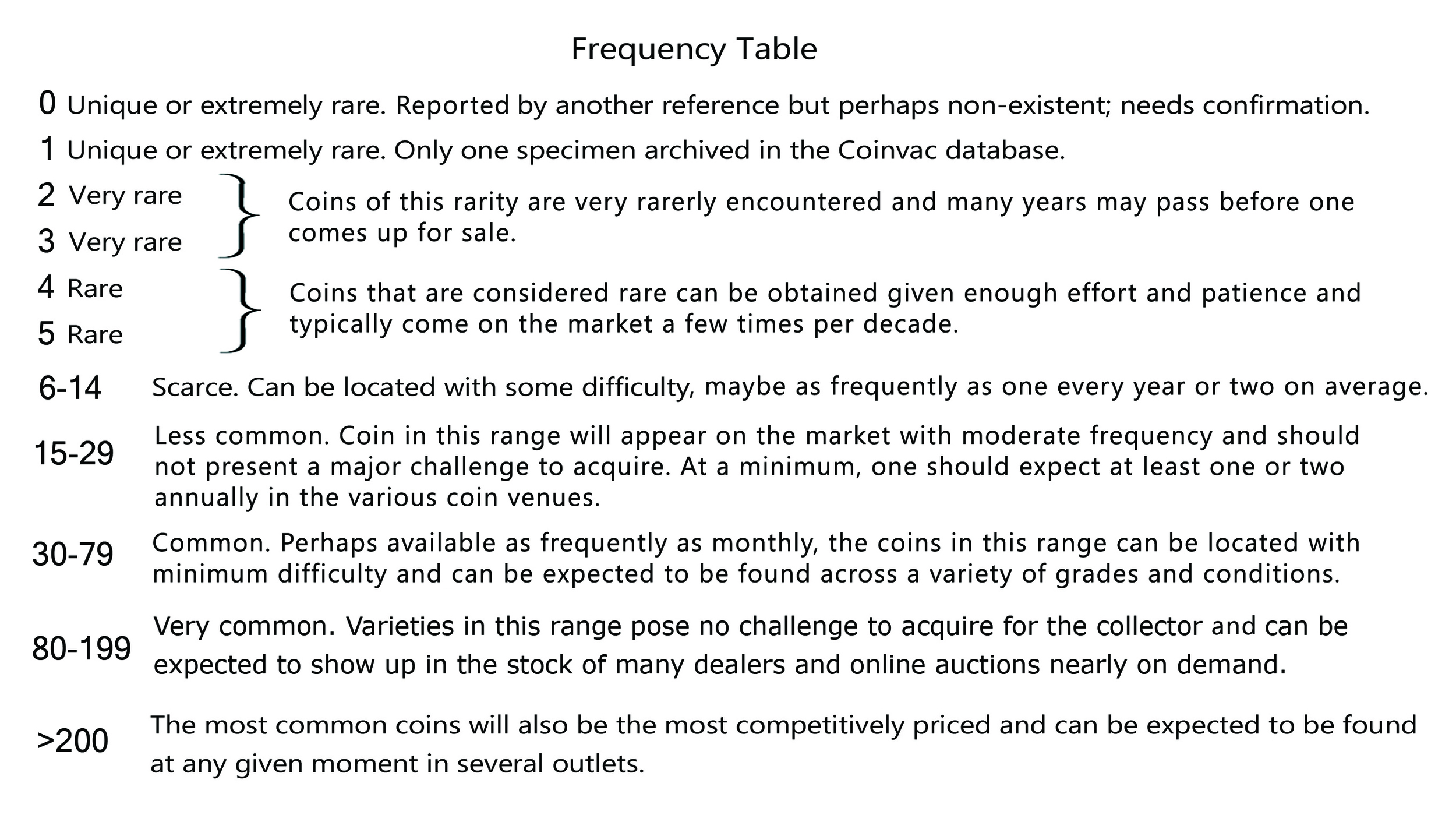Intro to Spotting Fakes
It's safe to say that the biggest worry someone new to collecting ancient coins has is getting burned by buying fakes. Well made forgeries can fool even top experts. With modern coins a counterfeiter has a big challenge because the coins were made by machines and each is more or less identical to the next so even minor differences between prospect and reference coins stand out making them very suspicious. On the other hand, with ancient coins EVERY coin is unique. Sure, any given set of dies might have minted thousands for any given series but the coin blanks will, by nature of being hammered, come out in different shapes and no two will have been impressed with the image of the die in exactly the same position. This makes the job of the forger easier to an extent since the small differences that scream instant fake in the case of a modern coin lead only to muted suspicions when it comes to the ancient one and, of course, the savvy forger can and does exploit the uncertainty to his advantage.
The newcomer to the hobby is often encouraged to pass on buying from eBay and/or private sellers on the various groups and chat rooms in favor of purchasing from an established dealer. Contrary to the suspicions of some, rare is the case that a dealer knowingly sells a fake coin. Yes, doing so could mean a huge profit but as soon as word gets out - and word always gets out - the dealer's reputation will sink and with it the business. It is much more often the case that a dealer will take considerable steps in avoiding buying fakes and bend over backwards to rectify any trade in dubious material. I myself have been embarrassed by not just selling but actually certifying a coin or two that were later proven, or just suspected, of being forgeries. A dip in confidence for my skills is a much bigger wound than the loss of a future coin sale. And the only remedy for that is to study, study obsessively, the material I'm vouching for.
But that's the headache of the expert who sells the coin or opinions on authenticity. The collector is just concerned about being taken advantage of... and he or she may or may not have the means or desire to gain the knowledge in being able to tell apart the real from the fake. One way to do this is to follow the dealer's advice of buying from the dealer. Self-serving as that is it may well be a premium worthwhile paying for. Or you can have the coin certified. If the numbers are any indication, NGC is making a killing certifying ancient coins. Their service is cleverly worded so as to wash their hands of future litigation should a forgery beneath the plastic be revealed later on but, as far as I know, they have a clean track record.
The one flaw from buying a coin from a dealer, or getting a cert, is that you're getting a middleman involved and that's a service that has to be paid for in addition to the coin itself. The majority of buyers are conscious of this and choose to go for the cheapest outlets available. What can you do to have your cake and eat it too? As a very first step, when shopping on eBay avoid rarities! When it comes to Roman coins in particular do your very best to turn away from the temptation of bidding on coins of obscure emperors. Take for granted that many, many other people are looking at the same coin you are so the chances of a diamond in the rough slipping through are minimal. If you know from having looked around that the coin you are interested in seems to be selling for several hundred dollars I can guarantee that the one about to close for $50 - the one with the blurry photo from a seller with few feedbacks who is located in some little known country - is a fake or a scam.
Since the subject is too broad to cram into one blog article let's just focus here on some "rule of thumb" pointers for shopping on eBay. This advice is most appropriate to those who are new to collecting ancients (or are casual collectors) but I think it can apply across the board. Note the differences in these two sample auctions:
[Click each image to see notes] From the above, we should be mindful of the following:
1- Avoid sellers with less than, say, 100 feedbacks. Chances are that all other things being equal they're ok but you should be aware that there is a strong correlation between new accounts and problems. Not by any means foolproof but it is definitely the simplest way of lowering risk.
2- Avoid sellers with less than 99% positive feedback. At a minimum, look on their negative feedback. Is the seller just slow in shipping or are there complaints of fakes?
3- Plenty of sellers have poor photo skills and you see lots of coins photographed off their hands. That's okay but someone who takes the time to do a professional photograph on a solid white or black background is a better bet overall. Most suspicious are photos which are blurry, tilted off-axis, too dark or too small. The seller who knows his coins are bogus takes poor photos on purpose to throw you off.
4- Look for a solid, no-nonsense guarantee that the coin is genuine and be especially wary of "weasel wording" that dances around the issue. Any auction with phrases such as "Genuine? You decide!" and "Found in grandma's attic, sorry not a numismatist" should be instantly disqualified.
5- Avoid rarities! Yes, legit rare and valuable coins are sold on eBay every day but unless you are familiar with the series you are putting yourself at great risk. If you're shopping for a Roman coin know that rulers like Otho, Pescennius Niger and Pertinax are the forger's bread and butter because they are perceived as rare by the public but are easily available and valuable which makes them the perfect target. Truly rare emperors, like usurpers and fifth century western Roman emperors, are also faked but because they are difficult to acquire they are harder to replicate convincingly. These last when genuine are rarely sold on eBay anyway so you might as well avoid them too.
6- Identification. As is the case with the photos, forgers don't generally take the time to properly research the coins they sell and often leave it at identifying the ruler and denomination. Generally speaking, the more detailed the description about the coin (ignoring the rest of the description not pertaining to the coin being sold) the lower the risk that they're selling a fake.
7- Recognize the pattern. If so far the coin you are interested in passes all the above tests perform an extra step of vigilance and check out the rest of the seller's offers. Even the most accomplished forgers often make basic mistakes in how they run their business and are discovered through their greed. It would be unusual, for example, to have ten listings of coins and all of them just happen to be great rarities or top condition coins. Likewise, don't be the fool who falls for the seller who, knowing this, posts a single coin that should sell for hundreds along with a handful of other really cheap coins. It is often the case that a seller who deals in fake coins posts several low end genuine coins along with the "mark" to give the appearance of legitimacy hoping to distract you. Focus on the good stuff. Do they all appear similar in any way? Unless the coins come from a hoard the patinas, the condition and that ineffable quality of "look and feel" should be varied. If several look alike or have similar looking defects or patina, skip this seller.
Still have a doubt? Send me a link to the auction and I'll be happy to give you an informal yes/no. You can send me an email or message me on Facebook



































